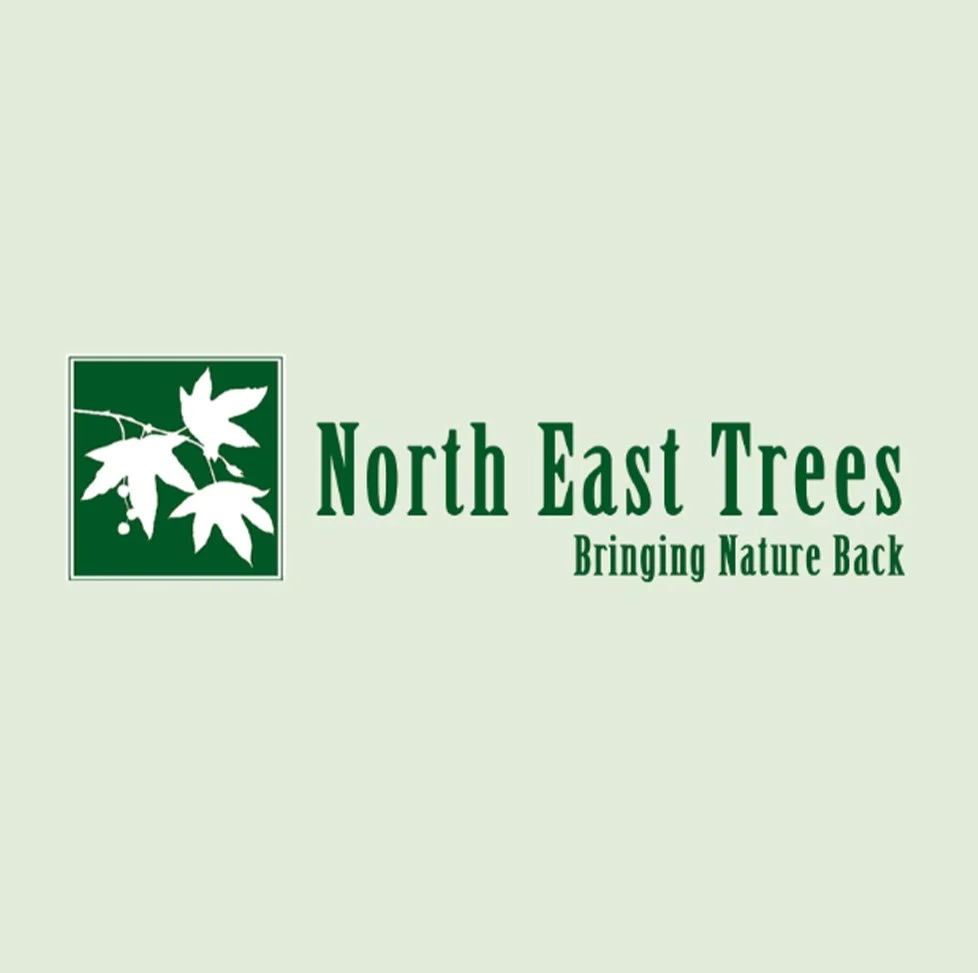
Opened in 2005, Ascot Hills Park has thrived through community restoration and activism.
Our Mission
Our mission is to foster community connections, outdoor recreation, and environmental stewardship, transforming this historic space into a vibrant hub for everyone to enjoy. We celebrate nature’s beauty and accessibility, ensuring this gem in Northeast L.A. enriches lives and restores the environment for generations to come.
History
-

Indigenous People (6000 BC - 1771)
The Tongva (Gabrielino) lived near water sources, used Ascot Hills for resources, and managed the landscape with fire.
-

Spanish-Mexican Period (1769 and 1850)
Spanish missions controlled land; it became part of Rancho Rosa de Castilla, used for grazing and altered by non-native species introduction.
-

Early Communities (1850-1911)
Post-drought land sales led to suburban development. The Ascot Hills remained largely undeveloped due to steep terrain.
-

Water Utility Infrastructure (1910's)
The area was used for water storage and infrastructure from the 1910s. The original dam was replaced by a steel tank, and various utility remnants are present, including pipelines and training sites.
-

Legion Ascot Speedway (1924-1936)
Legion Ascot Speedway, originally opened in 1924, was managed by the American Legion Post 127 from 1927. Named after England's Ascot track, it was notorious for 24 fatalities, earning it the nickname "the killer track." In 1932, Wilbur Shaw introduced the first racing helmet there, initially disliked until it saved his life. The speedway attracted stars like Bing Crosby and Clark Gable, enhancing its allure. It closed in 1936 after being torched by a former employee who wanted to prevent further deaths.
-

Park Development (2005-Present)
Ascot Hills Park faced numerous setbacks before becoming a reality. Initially proposed in the 1930 Olmsted Plan, it remained a LADWP training site for decades, leaving East Los Angeles with few green spaces. The park's transformation began in 2005, but financial challenges stalled its completion when state funds disappeared during a budget crisis. Despite these obstacles, the community's determination led to the park's opening six years later. Ascot Hills Park stands as a testament to the resilience of residents who fought for accessible open space, providing a vital natural retreat for Eastside residents and future generations.
Who We Are
-

Ascot Hills Park: Park Advisory Board
-

Los Angeles Rec & Parks
-

North East Trees
